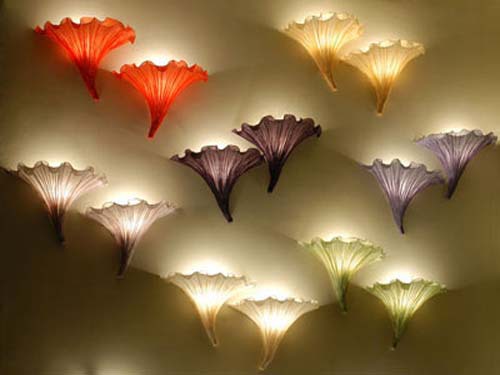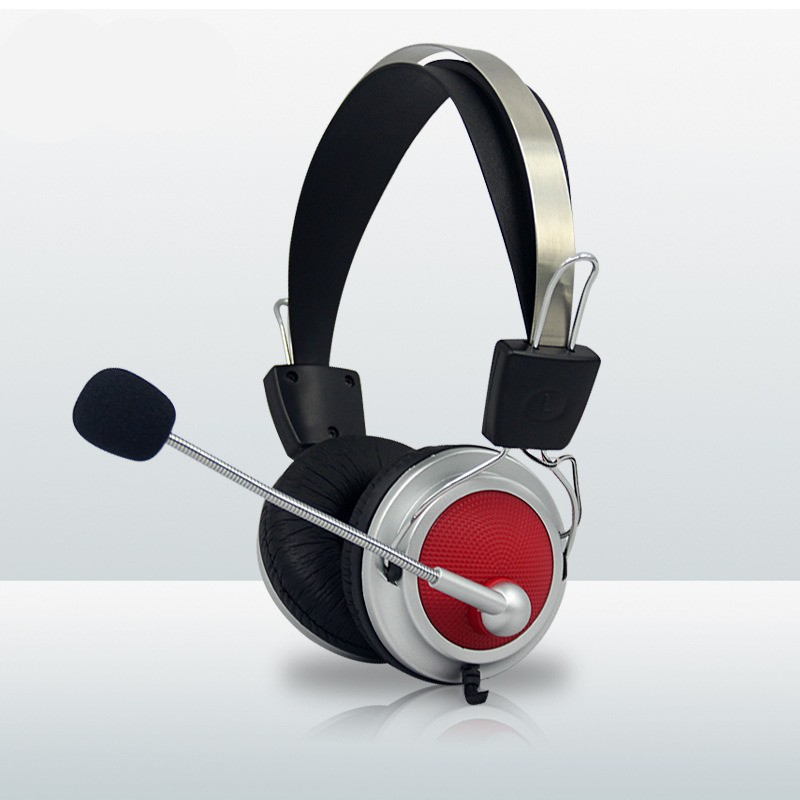LED policy welfare road where?

How does the LED lighting subsidy policy come about? Why does the state formulate financial subsidies related to energy-saving lamps and LED lighting? Because with the rapid development of the world economy, environmental and energy issues have gradually surfaced and become the topic and center of global discussion, and have become an important factor constraining economic development. Our country complies with the global environment for energy conservation and environmental protection, launches ten key energy-saving projects, and provides financial subsidies for efficient energy-saving products. LED as the fourth-generation light source has higher energy-saving efficiency than energy-saving lamps. Therefore, it is reasonable for the country to adopt a subsidy policy for promoting LED lighting and to promote LED lighting products to approach our lives slowly.
Review of China's LED Lighting Industry Subsidy Policy
As early as 2012, the General Office of the National Development and Reform Commission, the General Office of the Ministry of Finance, and the General Office of the Ministry of Science and Technology jointly issued the "Notice on Organizing and Implementing 2012 Financial Subsidies for the Promotion of Semiconductor Lighting Products". Since then, many local governments have also introduced local LED lighting industry subsidies. Undoubtedly, policy subsidies have stimulated the R&D investment and production enthusiasm of enterprises to a certain extent, and promoted the development of the LED industry.
To achieve the goal of semiconductor lighting in the Twelfth Five-Year Plan, the government proposed two subsidy policies in 2012. The first is the "2011 Financial Subsidy Promotion Project for Semiconductor Lighting Products." This subsidy was used to select several companies through tendering and Its LED lighting products, the government to provide these corporate grants, so that they can be subsidized amount minus the amount of the subsidy, the LED lighting products sold to hospitals, schools, commercial buildings, villages and other units, but also is equivalent to indirectly provide These units are LED lighting purchase aids.
Another subsidy policy proposed by the government is the "energy-saving product subsidy policy." The State Council has budgeted 46.3 billion yuan in subsidies for energy-saving appliances, energy-saving cars, high-efficiency motors and energy-saving lamps, and LED lights. Among them, LEDTV and LED lamps in energy-saving home appliances are related to the LED industry. Although the relevant subsidy amounts and rules for LED lights have not yet been set, the LEDTV products that have been confirmed to meet the standards can receive up to RMB 400 in subsidy.
In 2013, China’s subsidy for energy-saving products has not been reduced. Three products, including LED street and tunnel lights, LED downlights, and reflective self-rectifying LED, were included in the “Government Procurement List for Energy-saving Products†announced by the Ministry of Finance in early 2013. .
With the continuous promotion of LED lighting energy conservation concepts, the LED market is also growing. In 2014, the progress of energy saving and environmental protection across the country has been accelerated. LED subsidy policies have also been continuously introduced, and corresponding LED subsidy policies have been introduced throughout the country. Foshan City, "Guangdong Province Green Lighting Demonstration City" Construction Project Implementation Subsidy Scheme, "Shenzhen Special Economic Zone City Lighting Management Method (draft)" and so on.
Foreign LED Policy Benefits Overview
The most successful subsidy policy implementation is in the United States and Canada markets. As long as the LED lamp product is applied to the Energy Star certification, the subsidy price can be enjoyed directly at the time of consumer purchase. For companies that apply for Energy Star certification, this is a first-rate benefit.
How do LED lamps apply for Energy Star certification? ENERGY STAR's LED products are currently limited to LED light source products that replace conventional incandescent bulbs, such as LED bulbs, PAR lamps, LED spotlights, and other self-ballasted LED lamps. The application of such LED products for energy star certification takes a long time, requiring at least 3,000 hours and more than 6000 hours.
With the exception of Energy Star certified LED light source products that can receive subsidies, several types of indoor lighting fixtures can be subsidized by applying for DLC certification. DLC is a joint organization of U.S. public utility companies and regional performance efficiency organizations. When applying for DLC certification, LED lamps need to provide safety reports issued by NRTL accredited laboratories in the United States, and FCC approved EMC test reports issued by laboratories, NVLAP. The LM79 report from the accredited laboratory and the LM80 report from the lamp manufacturer. At present, the products that apply for more DLC certification on the market include 1.2m standard T8 lamps, LED panel lights, LED highbay lamps and other products. Due to the geographical homogeneity of Canada and the United States, this subsidy policy has also been promoted in Canada.
Outside of North America, some parts of Australia also adopt subsidy measures for LED lamps, of which the energy subsidy policy in New South Wales, Australia is the most attractive, and the assessment of LED lamps by IPART in New South Wales has now entered the third stage. If you are interested in this, you can apply for SAA certification by FAIR TRADING in NSW, and you need to provide AS/NZS CISPR15 test report. You can apply to IPART according to certain procedures. Once the application is approved, it will be a great boon for the company.
In addition, the New Zealand Lighting Commission also proposed a CA135/CA80/IC/IC-F certification labeling subsidy program for LED recessed lighting fixtures. The higher the level, the more subsidies will be obtained.
The Japanese government also proposes policy incentives to encourage companies and citizens to use LED lighting products. In Japan's state-level policy, companies that offer tax reduction concessions and forced energy use are switching to energy-saving products. Many local governments also provide local-level energy-saving products and LED lighting subsidies. The subsidy amount and related regulations introduced by Japan's counties and cities vary from each other, and most of them adopt the method of combining LED in other energy-saving products and sharing the same subsidy program. For example, in Chiyoda-ku, Tokyo, if a standard LED lighting product is used, a subsidy of one-fifth of the amount will be applied.
The Thai government has been vigorously implementing lighting projects in recent years, and the demand for LEDs has increased. As long as the certificate of origin in China is obtained, LED products exported to Thailand can enjoy zero tariff, and the price in Thailand is 2-3 times that of China. However, the light source products exported to Thailand must pass the certification system of Thailand. This policy means many business opportunities for domestic companies.
LED welfare policy issues
Although government subsidies have injected a strong boost to related companies and promoted the development of enterprises, there is widespread concern in the industry that due to over-reliance on government subsidies or failure to make reasonable judgments and adjust market direction, blind development may cause serious domestic LED chip production capacity. excess.
“Mico-organic chemical vapor deposition (MOCVD) equipment is expensive, so the domestic expansion is basically accompanied by government subsidies for equipment.†Expert of the National Semiconductor Lighting Engineering R&D and Industry Alliance Production and Research Department said The LED industry is still in its initial stage of growth. At present, the price of LED lamps is still higher than that of ordinary energy-saving lamps. Under the circumstances that the industry has already had more full production capacity, if the policy subsidizes consumers more, it will be more conducive to the pulling of industry demand and make the industry Maintain a healthy development trend.
The subsidy policy of China's LED industry also has great influence on international companies. In December 2010, Citigroup analyst Timothy Arcuri declared that the procurement subsidies for LED epitaxial wafer production equipment MOCVD by Chinese local governments may end in the first half of 2011. More than an hour later, the world’s second-largest supplier of MOCVD equipment, Veeco, began to plummet, eventually falling 15.57%, a drop of 30 constituents; and AIXTRON, the world’s largest supplier, fell 4.18%. .
MOCVD is the key equipment for LED epitaxial wafers. The sum of Veeco and AIXTRON's global market share exceeds 90%. How can China's policy change be so powerful? The reason for this is that the cancellation of preferential policies will inevitably impact the subsequent companies and directly lead to the procurement of upstream equipment, thus affecting the business of AIXTRON and Veeco.
The Chinese government began to subsidize the LED lighting industry in 2009, resulting in a spurt development in the industry. However, due to lack of technology to manufacture relevant wafers at that time, it was necessary to introduce organic metal chemical vapor deposition equipment from foreign countries to create a market share of more than 90% of the two major international giants Veeco and Germany AIXTRON monopolizing MOCVD equipment in the Mainland.
In the monopoly situation of foreign manufacturers, the more realistic problem ahead is overcapacity. The industry pointed out that at present domestic LED epitaxial wafer companies have purchased a total of about 1,000 MOCVD equipment, but at least about 35% of them have completely ceased operation, and the remaining capacity utilization rate is only 80%. The total capacity utilization rate of the entire industry is only about half. Under this circumstance, the industry is busy with eliminating production capacity more than purchasing new instruments. It is more difficult for domestic MOCVD equipment to enter the market.
The good news is that there is still room for growth in China's LED lighting market under the policy of eliminating tungsten light bulbs, but there is still a lack of industry-recognized national standards and testing systems. LED industry standards have emerged in an endless stream, and the market has also lacked a reasonable threshold for entry. The sequential competition continues and at the same time it affects consumers’ recognition of LED lighting products in the Mainland. Not only manufacturers who produce LED lighting products, but also suppliers of MOCVD, the prospects have become confusing due to the murky market state.
Computer Headphones are often used on computer, mainly for call, translation and live broadcast. Most of Compute Headset are with a microphone. Usually there are 2 kinds of plugs or jacks.
One is USB plug, which can be used on both laptop and desktop PC. Another is for 2 3.5mm jacks, which can only be used on desktop PC. There will be a small logo next to the two jacks of the desktop computer. The green circle shape is prepared for the headphone, while the pink microphone mark is for the microphone plug.

Computer Headphones
Computer Headset,Studio Headphones,Computer Headphones,Computer Headphones With Mic
Shenzhen Linx Technology Co., Ltd. , https://www.linxheadphone.com